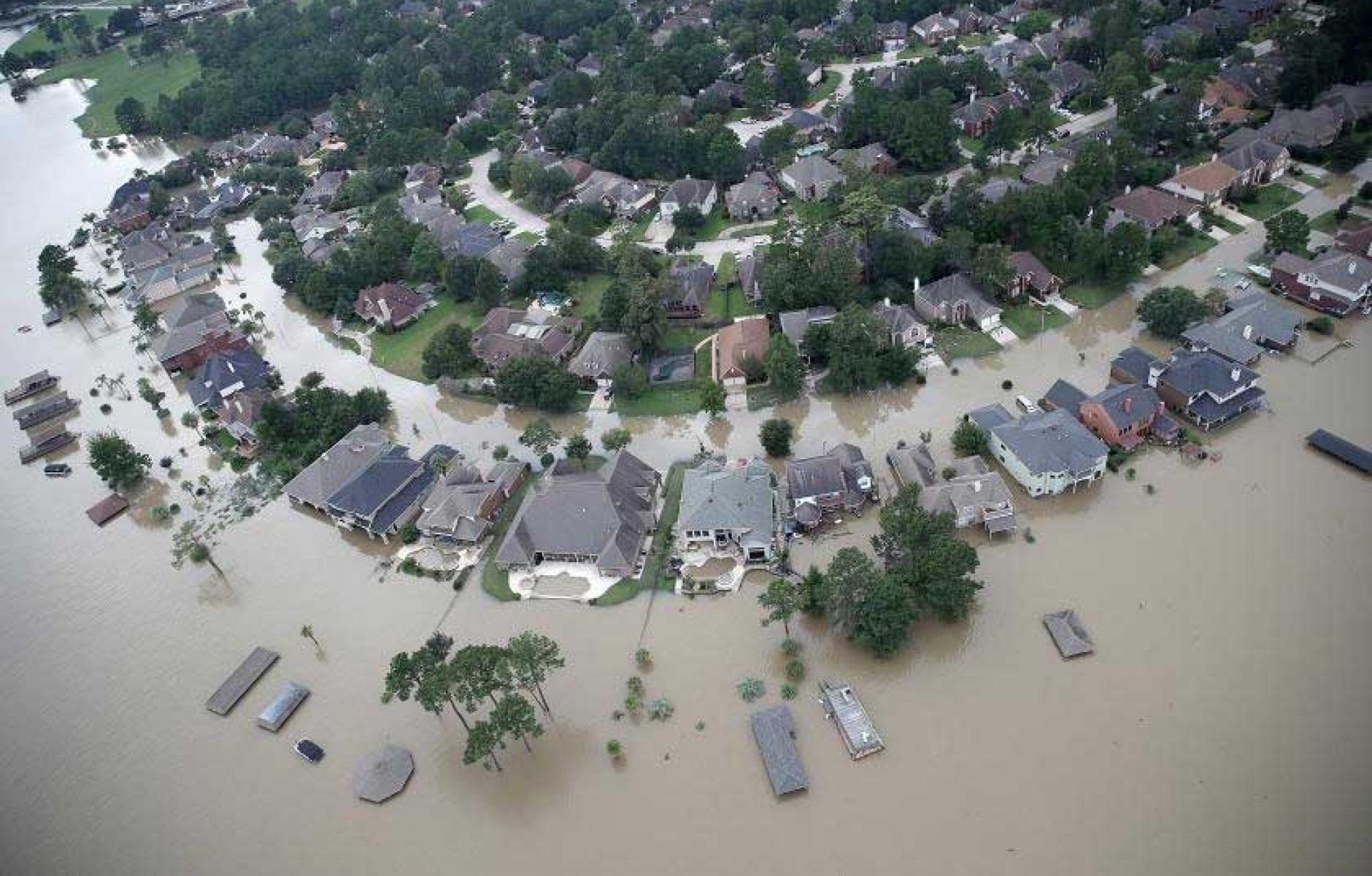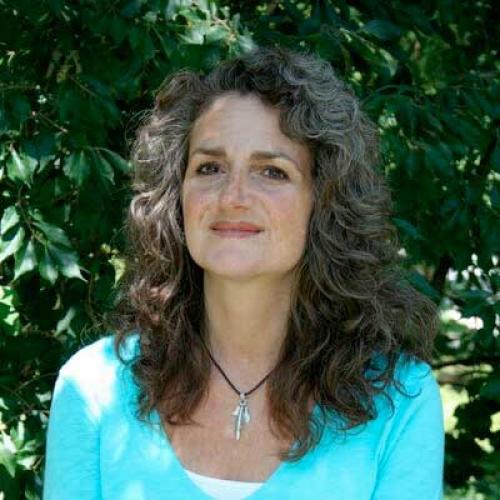
New Urbanism is far from dead—but it is evolving
New Urbanism is dead, writes Bill Fulton on the October issue of Governing. Fulton, director of the Kinder Institute for Urban Research at Rice University, says New Urbanist thinking has so thoroughly permeated the mainstream that it no longer needs a movement to champion it.
Not so fast.
Today, the folks who brought us walkable downtowns and transit-oriented development have a new challenge to tackle: climate change. There is an urgent need to reduce carbon emissions while fortifying cities against the supercharged storms, rising seas and blistering heat waves of a warming world. And, in this era of staggering inequality, climate solutions must narrow – rather than widen – the gap between haves and have-nots.
New Urbanists are stepping up to the challenge. Last month, movement pioneers Andrés Duany, Elizabeth Plater-Zyberk, and Peter Calthorpe joined with dozens of others at a Climate Summit hosted by the Congress for New Urbanism (CNU). The challenges outlined there – and the envisioned solutions – could signal the movement’s rebirth.
The challenges are stark. According to Edward Mazria of Architecture 2030, carbon emissions must peak by 2020 and cease altogether by midcentury if we hope to preserve a livable planet. And cities, which currently produce 70 per cent of carbon emissions, are expected to absorb more than one billion new residents in the next 15 years. “It’s like building a city of one and a half million people every week,” said Mazria, “So we need to get it right.”
New Urbanists have much to contribute to “getting it right.” Some New Urbanists – including Calthorpe – have long urged attention to climate issues. And the solutions New Urbanists have promoted for decades (compact, walkable downtowns served by low-carbon transit systems) are among the best means to reduce carbon emissions. Many American cities have used that formula to revitalise their urban cores, bringing a surge of new residents and dynamism.
But it would be premature to declare “mission accomplished”. As editor Robert Steuteville explains in The Death of New Urbanism is Greatly Exaggerated, on CNU’s Public Square, that urban revival has been paralleled – and even dwarfed – by turbocharged suburban sprawl. Today, about 82m households (out of some 117m) in the US live in low-density areas of about three households per acre, according to Jen McGraw of the Center for Neighborhood Technology. “We have to move that needle to make a difference,” she said.
While the original goals of the New Urbanist movement are not fully realised, climate change poses fresh and daunting challenges. Weather-related disasters are proliferating, and the built environment must be retooled for a wetter, wilder future.
Epic disasters like Hurricanes Harvey, Irma and Maria (like Katrina and Sandy before them) illuminate the extraordinary vulnerability of our cities and towns. Yet those named storms represent just a fraction of the problem. The US now averages 129 disasters each year, up from 51 per year before the turn of the 21st century.
In the wake of disasters, there are opportunities to rebuild in ways that both mitigate and adapt to climate change. But those opportunities are typically squandered, said disaster recovery expert Laura Clemons, especially in smaller towns and cities that lack capacity to envision and implement change. Timely intervention by New Urbanists could help.
The New Urbanist response to climate change should not focus solely on technofixes, said Carla Mays of Mays Civic Innovation; it must also embrace social equity. Low-income people and people of color have been devastated by gentrification in “revitalised” cities; now they are impacted first and worst by climate change impacts.
Yet those groups are underrepresented in the New Urbanist ranks, said Mays. “This room does not reflect the diversity of the US,” she said. “We are coming to the dance, but we are not dancing yet.” New Urbanists must also confront the racially tinged policies that shape land use and infrastructure. “If we don’t acknowledge these disparities, we will proliferate them,” said Shelley Poticha, director of Urban Solutions at the Natural Resources Defense Council.
Given the urgency and complexity of today’s urban challenges, there is a pressing need for integrated, multi-tasking solutions. “We don’t have time to solve these problems – racism, climate change – separately,” said Douglas Kelbaugh, professor and former dean at the University of Michigan’s Taubman College of Architecture and Urban Planning. And, for urbanists to have an impact, they must collaborate with others who are dealing with similar (and different) aspects of this problem. “New Urbanists need a lot more friends,” said Poticha.
New Urbanism is certainly not dead, but it is evolving. From the CNU Climate Summit, we can see the broad outlines of what it might become: a movement that marries a vision of livable communities to the necessities of a changing climate. The goal: resilient, equitable, carbon-neutral cities that people want to live in. That’s the new New Urbanism.
This article was first published on the City Metric.




